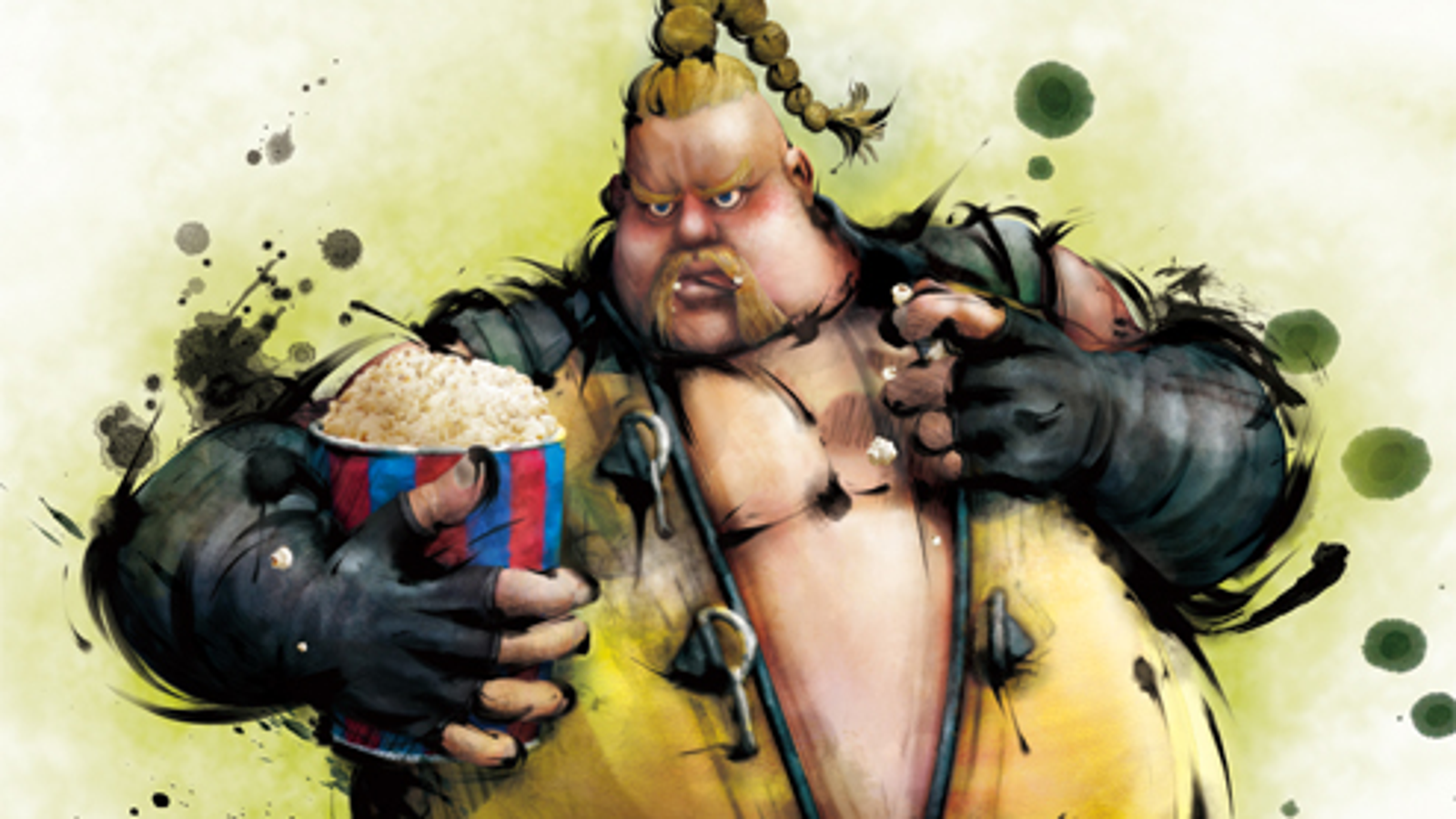

This decision was the genesis of Gill, the final boss of Street Fighter III. While Dee Jay’s “MAXIMUM” pants were clever (the letters looked the same mirrored, so new sprites did not have to be made when facing either direction), the team wanted to demonstrate that they were no longer held to those same limitations. When Street Fighter III came along and Capcom had truly mastered intricate sprite work, they desperately wanted a way to show it off.
STREET FIGHTER 4 RUFUS SERIES
Sodom himself never left the Street Fighter Alpha series and very rarely do you ever see fans clamoring for his return.

The kanji on his jersey is supposed to mean “Death,” but it’s miswritten, instead simply being gibberish. Unfortunately for him, he is inexperienced with the language, and frequently flubs what he believes to be poignant lines. Sodom’s backstory is uncomplicated: he likes Japan, so he dresses as a Samurai. Clad in a Samurai kabuto helmet, metal mask, jeans, and a football uniform, Sodom dresses like he tumbled head first through a Japanese history museum on a school field trip.

While more of a Final Fight alumnus than a Street Fighter one, Sodom can most accurately be described as the Jabberwock of the Street Fighter universe. Let’s celebrate Street Fighter II’s anniversary and next week’s release of Street Fighter V by looking at the characters who time forgot, either because of their design, their story, or just mismanaged expectations. Most of them hit well, but some of them definitely didn’t quite land with series fans. In the time since Street Fighter II first spun its tale of twelve world warriors fighting across the globe, a number of characters have been added on top of that foundation. Street Fighter II pulled itself up after the less-than-stunning Street Fighter, creating a competitive fighting genre and reinvigorating arcades throughout the world. This year, Capcom is celebrating the 25th anniversary of one of the most important videogames ever, Street Fighter II.


 0 kommentar(er)
0 kommentar(er)
